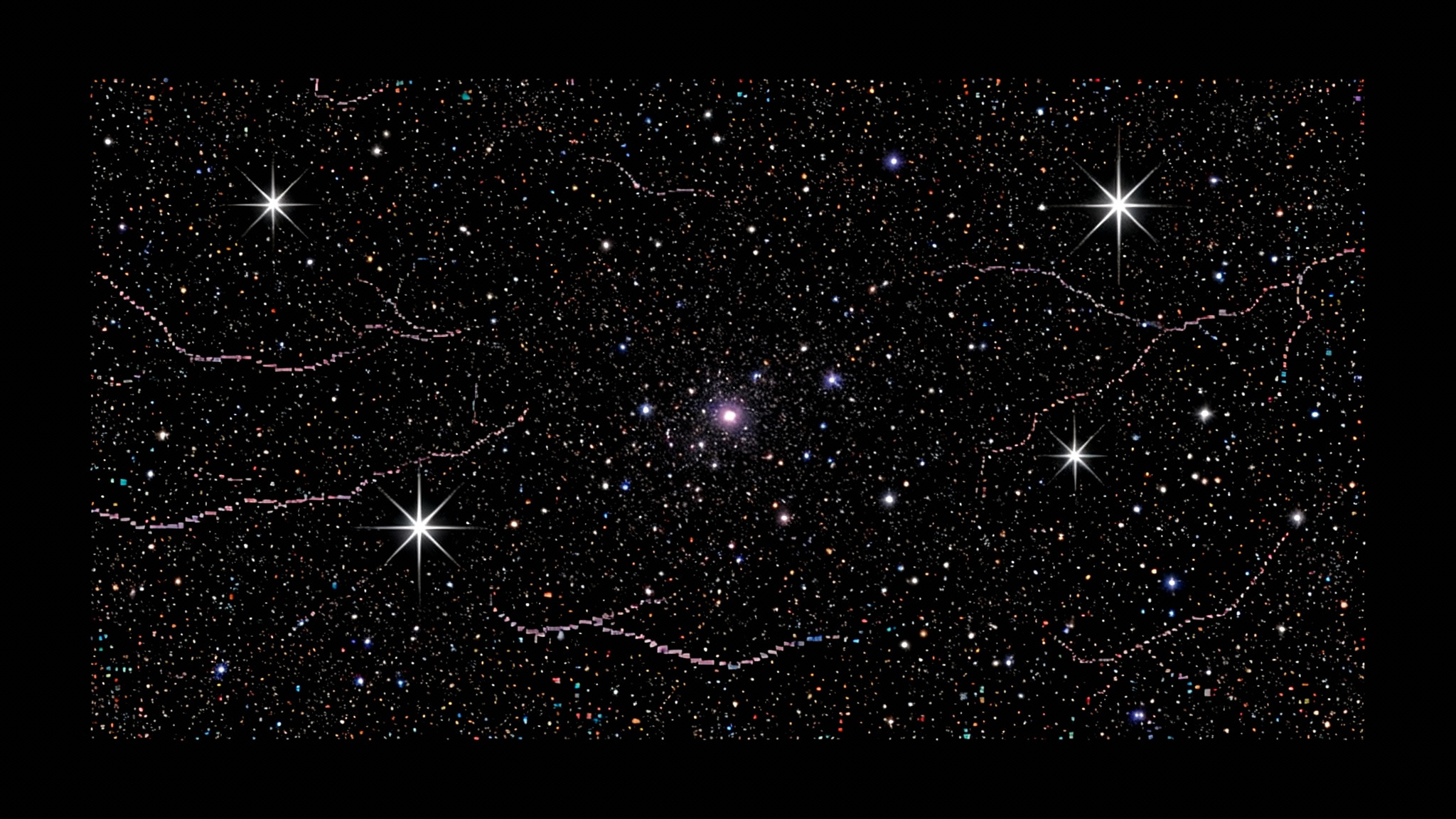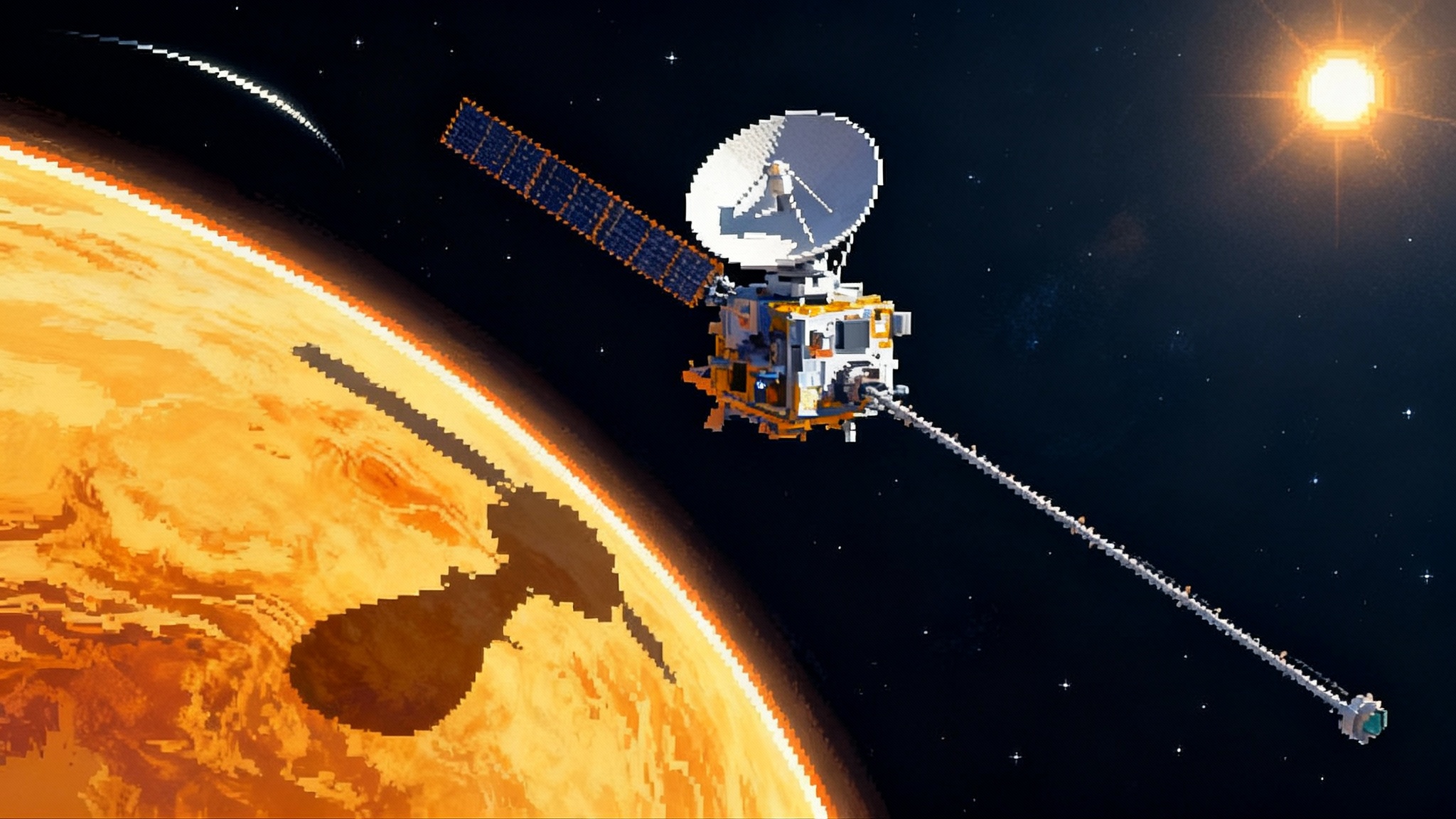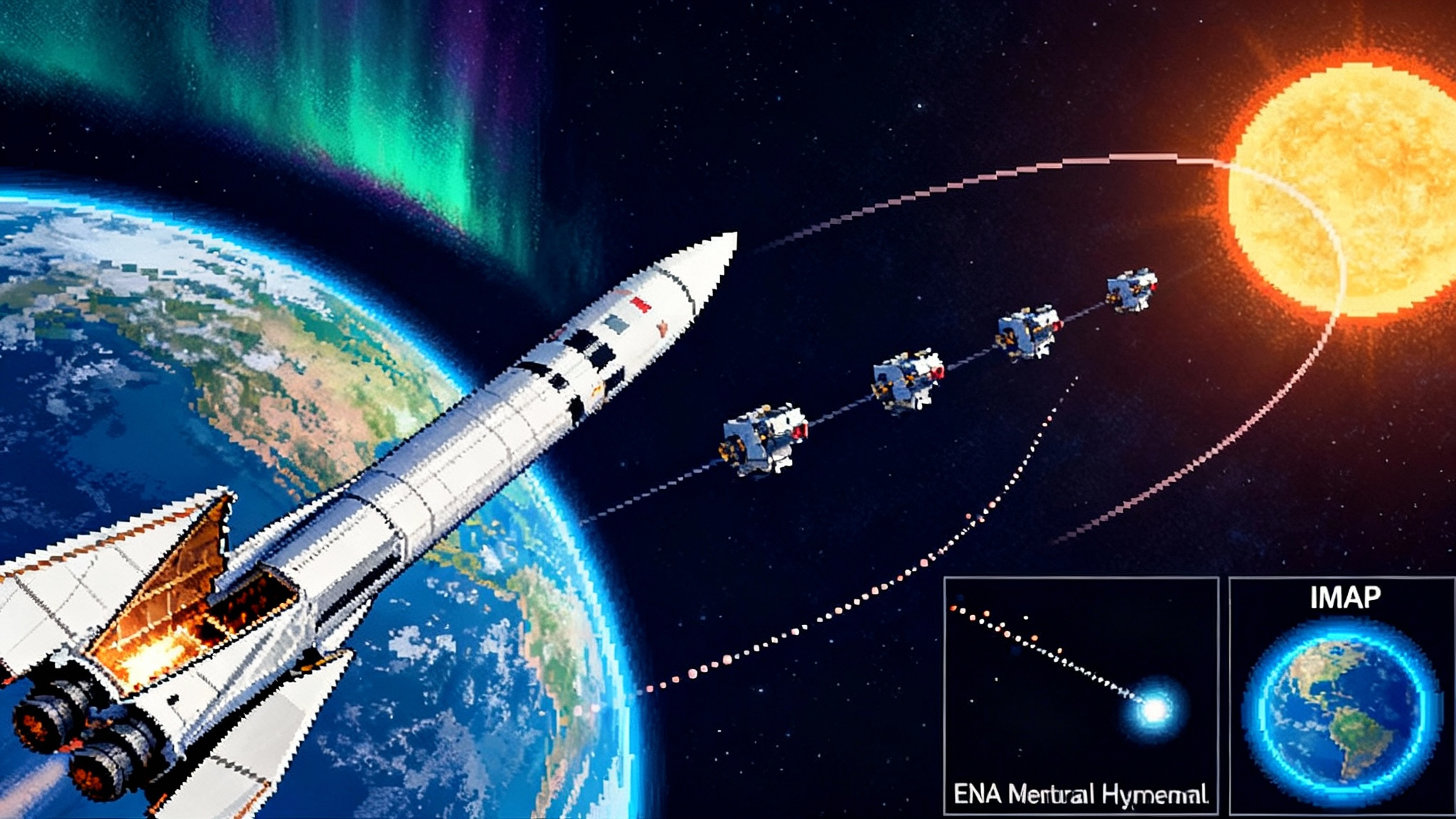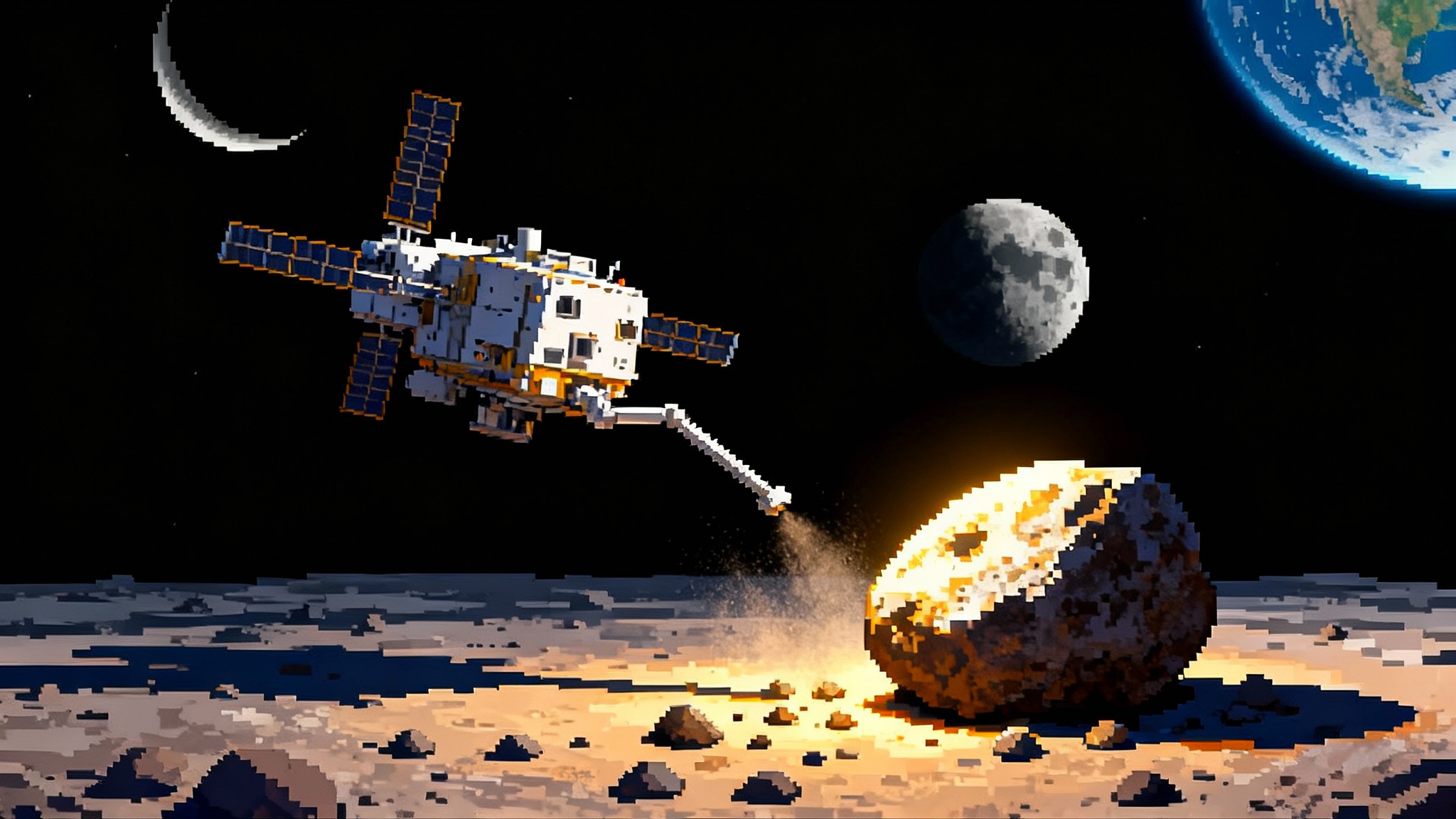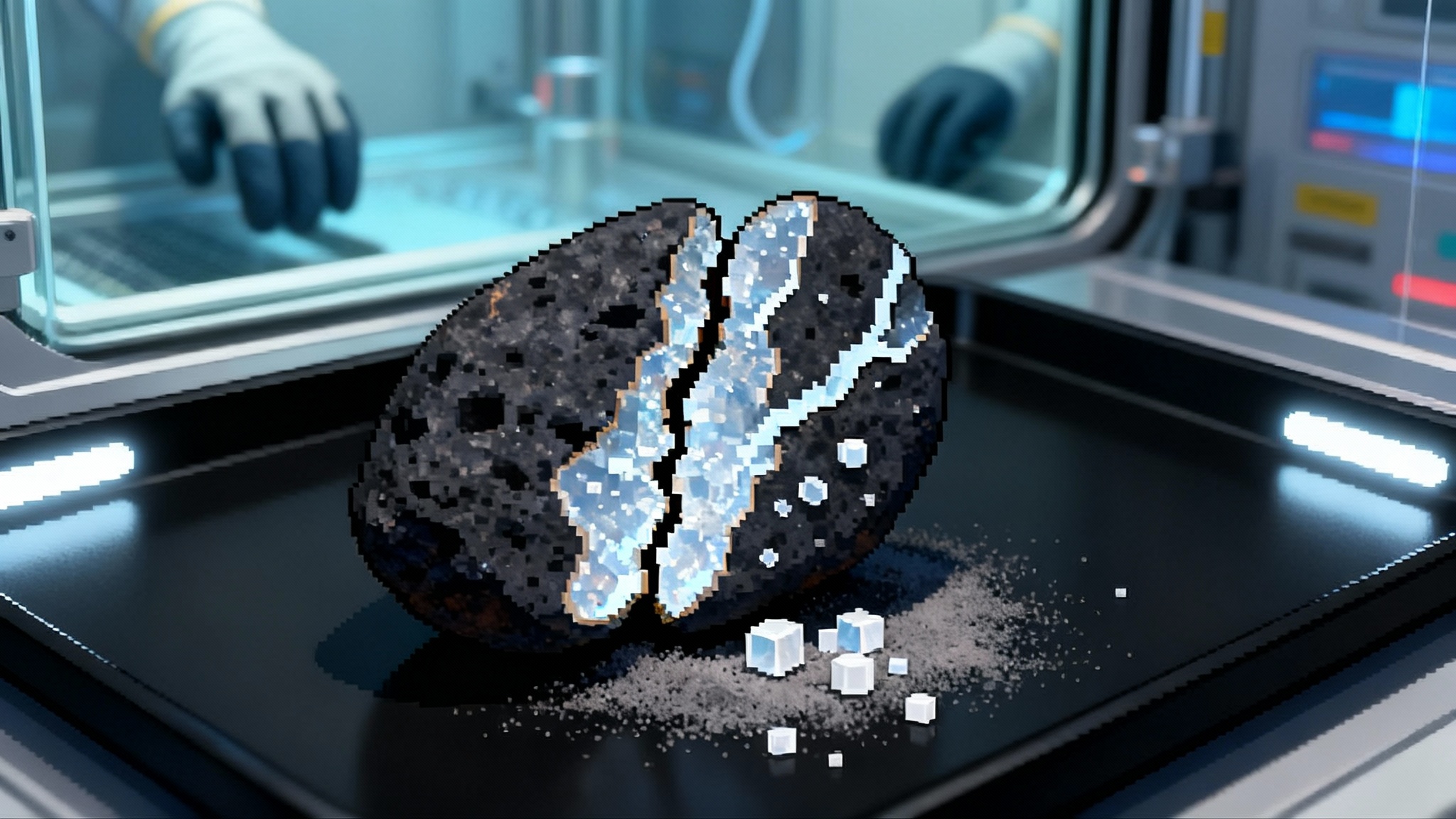Driest Lunar Mantle Yet Is Forcing a New Moon Playbook
New analyses of Chang'e-6 farside samples suggest mantle water as low as 1 to 1.5 micrograms per gram and basalt ages near 2.83 billion years. The results tighten resource expectations away from mid‑latitudes and sharpen Artemis priorities around polar ice and operations.
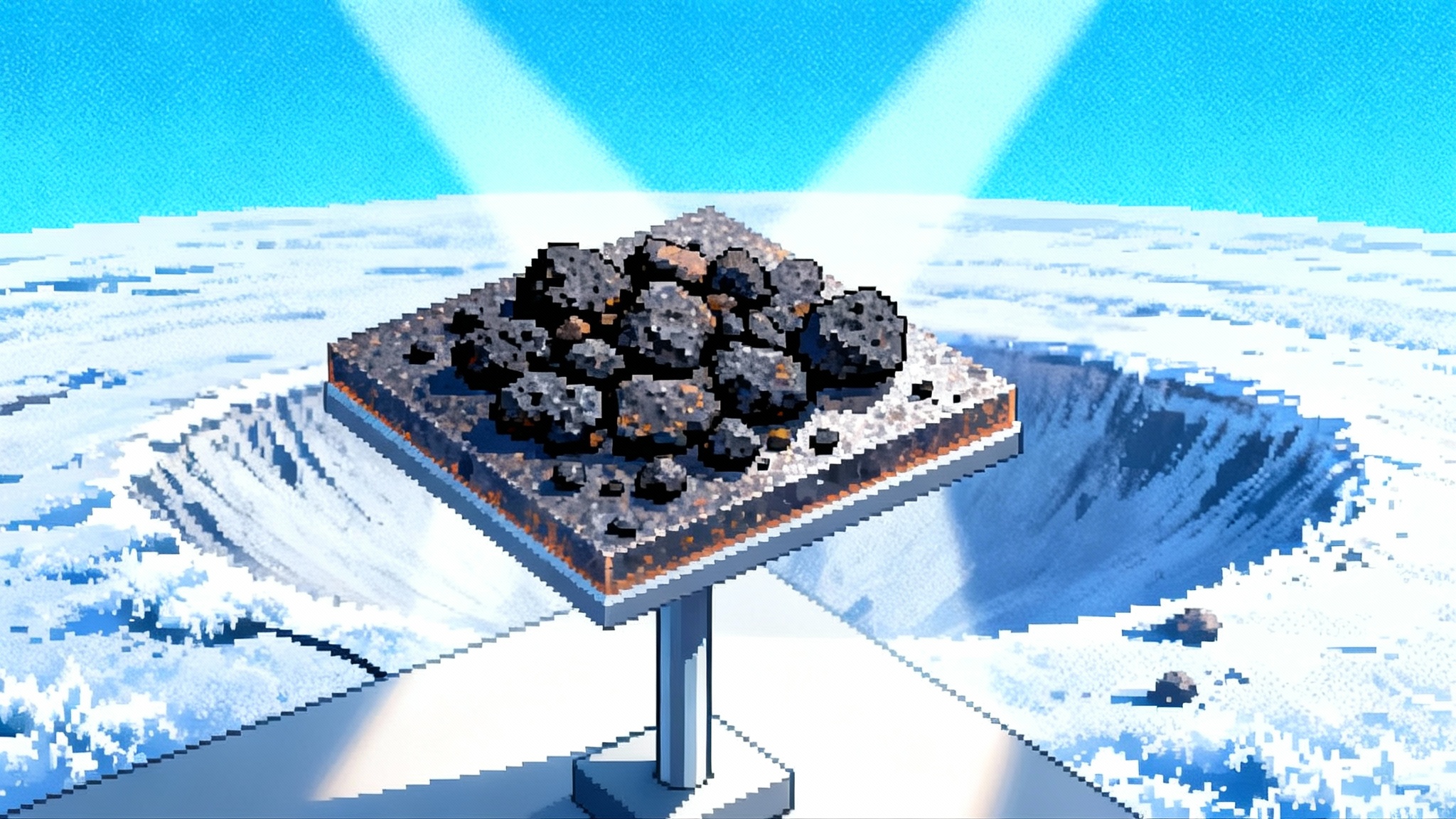
Key takeaways
- The farside mantle sampled by Chang'e-6 appears extremely dry, at roughly 1 to 1.5 micrograms of water per gram.
- Basalt fragments date to about 2.83 billion years, meaning volcanism on the farside persisted late.
- For resource strategy, this tilts plans toward polar ice rather than interior-derived water at nonpolar sites.
The farside just surprised everyone
Fresh lab work on tiny basalt fragments returned by China’s Chang'e-6 mission from the South Pole–Aitken basin points to the driest lunar mantle yet measured. A peer-reviewed study in Nature reconstructed the original melt’s water content and then the mantle source itself. For methods and numbers, see the Nature analysis of farside water.
A companion high-precision chronology in Science pins the basalts at roughly 2.83 billion years. That anchors a key epoch of farside volcanism. For details, see the Science chronology of CE-6 basalts.
Together, these findings depict a farside mantle lean on volatiles with lava that erupted late. That combination reframes how we search for usable water, where we send robots and crews, and which payloads we prioritize.
How dry is “dry,” and why it matters
Water contents of 1 to 1.5 micrograms per gram are far below upper values inferred from many near-side samples. Scientists estimate mantle water by measuring hydrogen in minerals that crystallized from basaltic melt, correcting for solar wind implantation and contamination. If future grains confirm these reconstructions, the farside mantle may represent the low end of lunar interior volatiles.
Why should explorers care? Because the easiest lunar water is unlikely to be inside basalt clasts at mid-latitudes. It is more plausibly trapped as ice in permanently shadowed polar regions. That pushes strategies toward polar cold traps and engineering that can survive long darkness, extreme cold, and rugged terrain, aligning with Artemis landing site trade-offs.
Where lunar water actually resides
The Moon hosts water or hydrogen in several forms and places:
- Surface frost and buried ice in permanently shadowed craters near the poles.
- Hydroxyl and water adsorbed in the upper regolith, modulated by solar wind and local time of day.
- Hydrogen or water structurally bound in minerals that crystallized from magma, which reveals the mantle’s volatile budget.
Chang'e-6 speaks to the third bucket. The measurements suggest the farside mantle source beneath South Pole–Aitken holds very little water, supporting a chemically and thermally asymmetric Moon.
Late volcanism rewrites the thermal script
The 2.83-billion-year age nails down a mature episode of farside volcanism. The basalts are low in heat-producing elements, so their source would not have been especially warm on its own. One leading explanation is that the giant South Pole–Aitken impact thinned the crust and let pockets of melt ascend long after global heat production waned. A thinner lid lets cooler, volatile-poor magmas erupt, squaring a cold mantle with late volcanism.
What it means for Artemis planning
Young basalts with little water imply mid-latitude farside plains are not resource hot spots. They remain superb science targets, but for in-situ resource utilization the needle moves toward polar sites that likely host accessible ice, as outlined in how lunar polar ice forms. Program choices since 2024, including shifts after NASA’s VIPER decision, make polar ground truth even more valuable; see the VIPER rover cancellation timeline for context.
Rethinking your water-hunting toolkit
If polar ice is the best near-term bet, payloads should focus on four things:
- Locating ice precisely. Combine neutron spectrometers, infrared spectrometers for surface frost, and ground-penetrating radar to map buried layers.
- Probing accessibility. Drills, corers, or thermal probes measure layer strength, grain size, and ice cementation to estimate extraction energy.
- Testing mining and processing. Small ovens, microwave heaters, or fluidized-bed reactors can demonstrate energy per kilogram of water and inform scale-up.
- Characterizing the local environment. Radiation, dust, and temperature swings at the rim of shadowed craters determine hardware lifetime and crew traverse windows.
Site selection in the late 2020s
A practical framework for Artemis-aligned missions should weigh:
- Safety and trafficability. Prefer gentle slopes, low boulder density, and benign thermal regimes balanced with reach into shadow.
- Power and communications. Favor near-continuous-sunlight ridges with line of sight to relay assets, planning excursions into shadow as sorties.
- Resource potential. Prioritize proximity to cold traps flagged by orbital data. The dry farside mantle result de-prioritizes interior-water targets outside the poles.
- Science return. Even at the poles, sampling layered regolith, possible impact melt, and any exhumed ancient crust will repay the trip.
What the measurements really mean
A few technical notes convert the numbers into decisions:
- Micrograms per gram equals parts per million by mass. A mantle source at 1 to 1.5 micrograms per gram is extremely dry compared with the wettest near-side estimates.
- Mineral-scale hydrogen measurements require careful corrections for solar wind and alteration. The Nature team used high-resolution secondary ion mass spectrometry across multiple mineral phases to isolate the mantle signal.
- Inferring mantle water from basalt requires partitioning models for how water distributes between melt and crystals as magma rises and cools. Different assumptions shift absolute numbers but not the message of extreme dryness.
- The Science chronology used isotope systems robust against later heating, making the 2.83-billion-year date a reliable eruption time.
What to watch next
- More Chang'e-6 grains. If follow-up papers confirm the 1 to 1.5 micrograms per gram mantle water range, the farside dryness case strengthens. If some grains run wetter, local variability may be at play.
- Polar ice ground truth. Any successful polar lander that samples, drills, or heats regolith will tighten maps and reduce risk for later flights.
- Commercial cadence. Upcoming polar deliveries will test mobility, power, and autonomy at the places that matter most for resources. Watch milestones like environmental testing, fueling, and launch integration.
The bottom line
Chang'e-6 delivered a sharper map of where the water is not. On the farside, the mantle looks nearly parched, yet volcanism persisted late because a thinned crust kept the plumbing open. That is both a scientific gift and a practical signal. Keep the farside science flowing, and send resource hunters to the poles with payloads built for cold, shadow, and ice.


